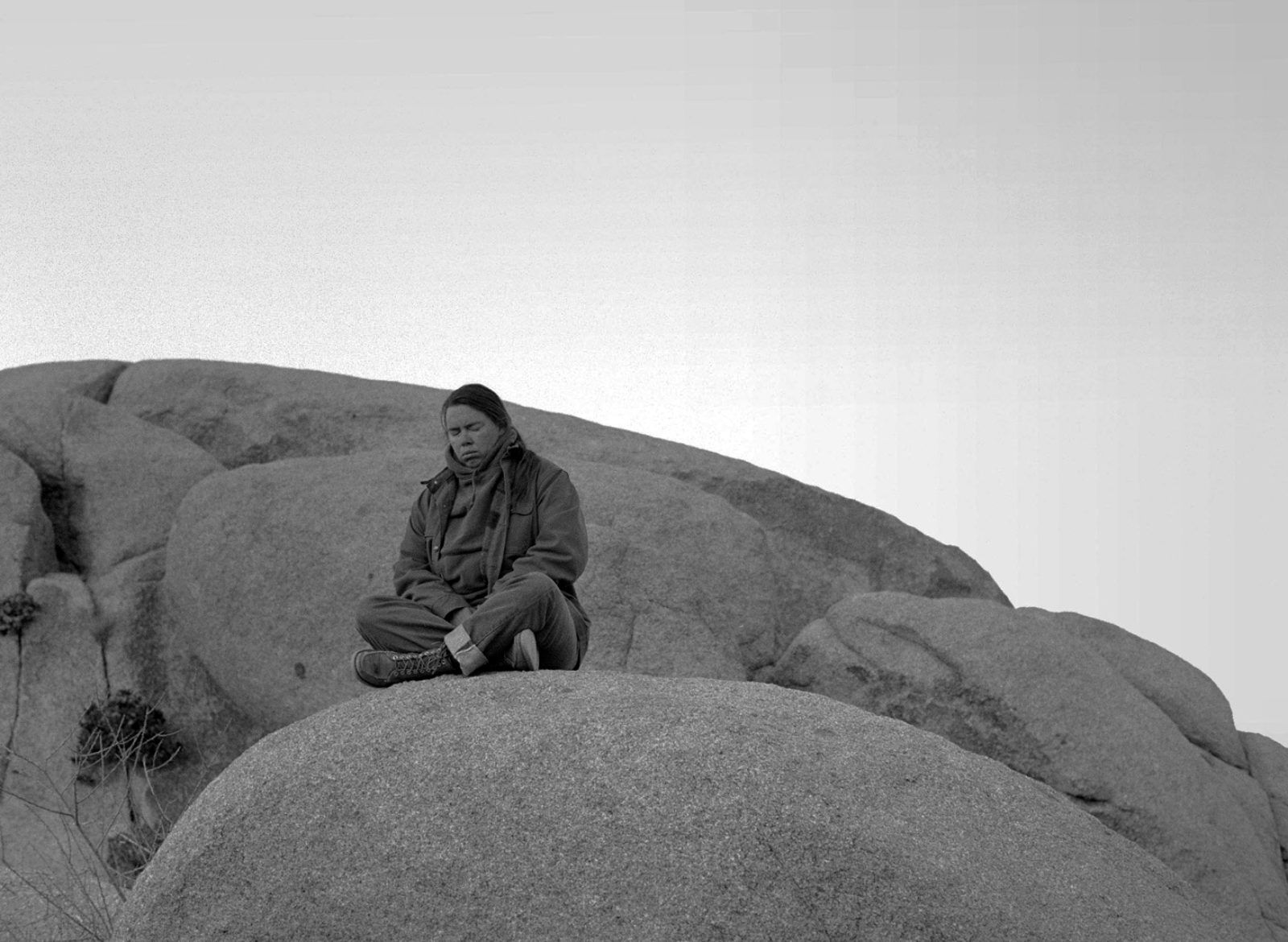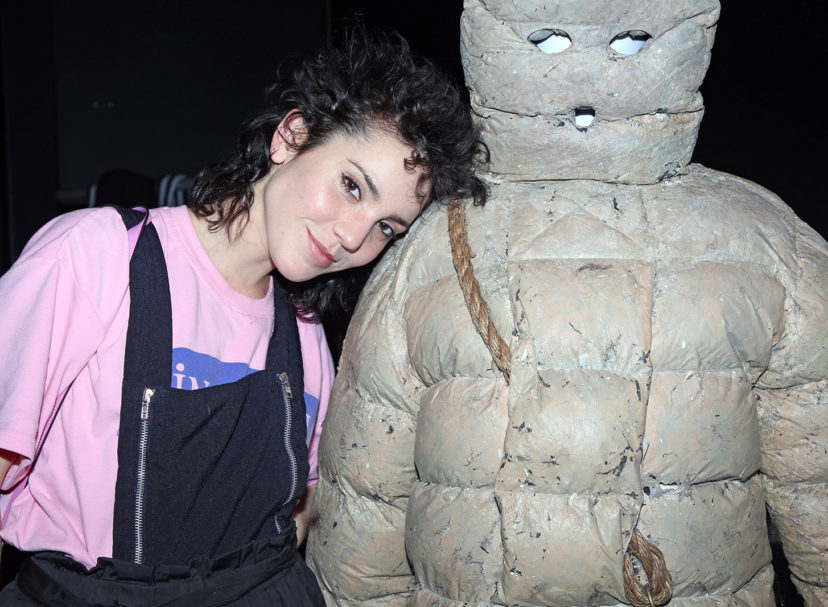Text & Interview: Alec Coiro
All Images Courtesy of Daniel Weintraub
A lot has changed since Daniel Weintraub’s began his documentary tribute to the life and work of Pauline Oliveros. Most significantly, Oliveros passed away in November of 2016. Her work, music, and teaching continue to change and challenge conventions in music. And Weintraub’s film continues toward its completion. He is currently in the process of raising currently raising the last bit of funds he needs to see it completed.
Already, just from the interview, we did with Weintraub, our understanding of both the artist and the art form have been expanded. Weintraub tells us about Oliveros’s background in classical composition, her dedicated use of technology as a tool all the way through to the end of her life, and her influence on everything from tape delay techniques to the soundtrack for 2001. There is also an extensive examination of the more well-known aspects of Oliveros’s work including the titular “Deep Listening” and sonic awareness. Take a read for yourself in the interview below, and then consider helping to bring this story to life.
What drew you to Pauline Oliveros originally?
In many ways, the production of this film was a voyage of discovery for me. Of course, I was incredibly blessed to have Pauline herself as my guide. I moved to the Hudson Valley in New York about five years ago. It just so happened that, in the tiny rural community I now live in, my neighbor was a friend of Pauline’s. She is the one who alerted me to the fact that Pauline lived only a few miles from us and she encouraged me to make a film about her. Like many other people, I knew Pauline primarily as a pioneering electronic musician. I soon met Pauline and we clicked immediately. I was instantly charmed by her humble wisdom, generous spirit, and very strong sense of humor. It didn’t take long for me to fully understand that “electronic musician” is only one tiny tendril of her far-reaching and influential career. In fact, I found that even those I interviewed who knew Pauline well were often unaware of certain aspects of her career. This film
is a home for all aspects of Pauline’s life and career and the countless ways she quietly shaped the technology, compositional techniques, teaching techniques, and philosophies of sound that we now take for granted.
How did her passing alter the direction of the film and the way you thought about the project?
To be honest, I am still grappling with Pauline’s loss and how it impacts my film, as well as how it impacts me personally. Over the years I worked with Pauline she became a very important force in my life. As a practical matter, the production of the film was 90% done when Pauline passed, so in that regard, very little has changed. Probably what has changed the most is simply my motivation. Since Pauline passed, I have witnessed a worldwide effort by artists and institutions to keep Pauline’s spirit alive. The world needs her wisdom right now, and this film will be my contribution to that effort as well a vehicle to help introduce many more people to Pauline and her work.
For the uninitiated, can you say a little about Oliveros’s role in the history of experimental music?
Many people do not know that Pauline was a successful classical composer before she delved into electronic music. She won awards in the US and Europe for her very experimental scores, including one piece called “Sound Patterns” in which she wrote a chorus without words, creating an entire language of syllables for the singers. This technique was used many times by other composers in the following years including in a piece by Gyorgy Ligeti that found it’s way into Kubrick’s film “2001”.
Also, well before her forays into electronic music, at the urging of their composition teacher Robert Erickson, Pauline, and her classmates Terry Riley and Loren Rush began free improvisations. Recordings of these improvisations date back to 1957. I have searched far and wide, and I can find no earlier recorded examples of pure free improvisation.
Pauline’s entrance into electronic music in the 60’s was inspired primarily by her search for new sounds. She pioneered tape delay techniques and, with her compatriots at The San Francisco Tape Music Center, created some of the first pieces combining electronic elements and traditional scores. They also laid the groundwork for the now ubiquitous “multimedia”, and developed the first ever modular synthesizer with Don Buchla. I believe the contributions made by the SFTMC are some of the most important and most overlooked in past 100 years of American cultural history.
Pauline never stopped her electronic experiments, but starting in the 70’s she turned back to primarily composing and performing on her accordion. Her main focus switched to the then radical idea that musical compositions should not be written solely for professional musicians. She began her text scores and sonic meditations, opening up complex musical concepts to
anyone willing to listen and experiment.
In later years, Pauline continued to develop new technologies. Her tape-based system she created in the ’60’s became EIS, a software-based system incorporating aspects of AI. She helped develop software that allows musicians to improvise over the internet with minimal latency. In AUMI, Pauline pioneered software that allows people with limited movement
to perform music. Pauline’s final composition involved special instruments for the hearing impaired and included performers and a conductor who was deaf.
It is hard to imagine that there is any one person did more to shape the many various aspects of experimental music than Pauline. Although, it is important to note, that to Pauline it was not experimental. It was just music.
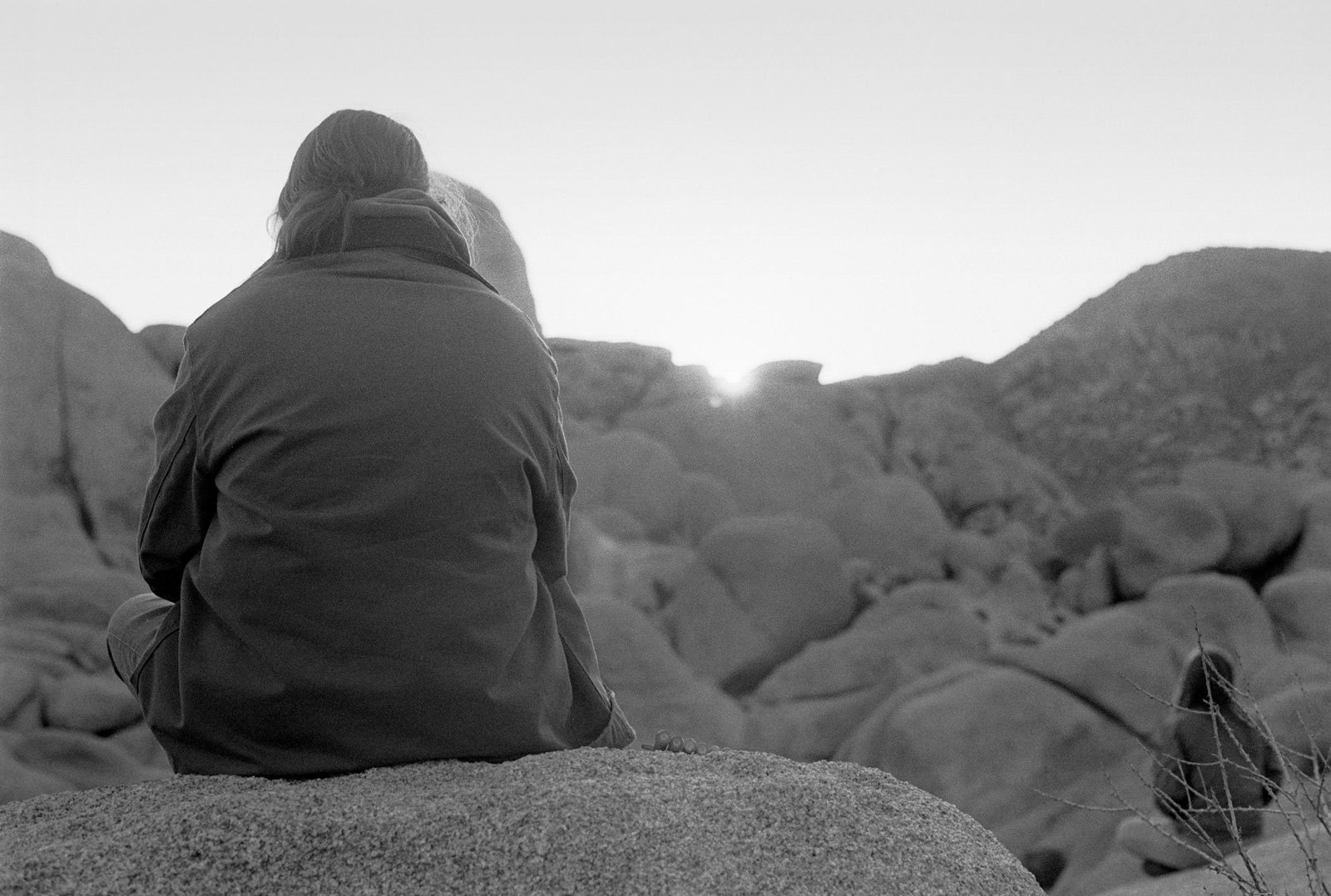
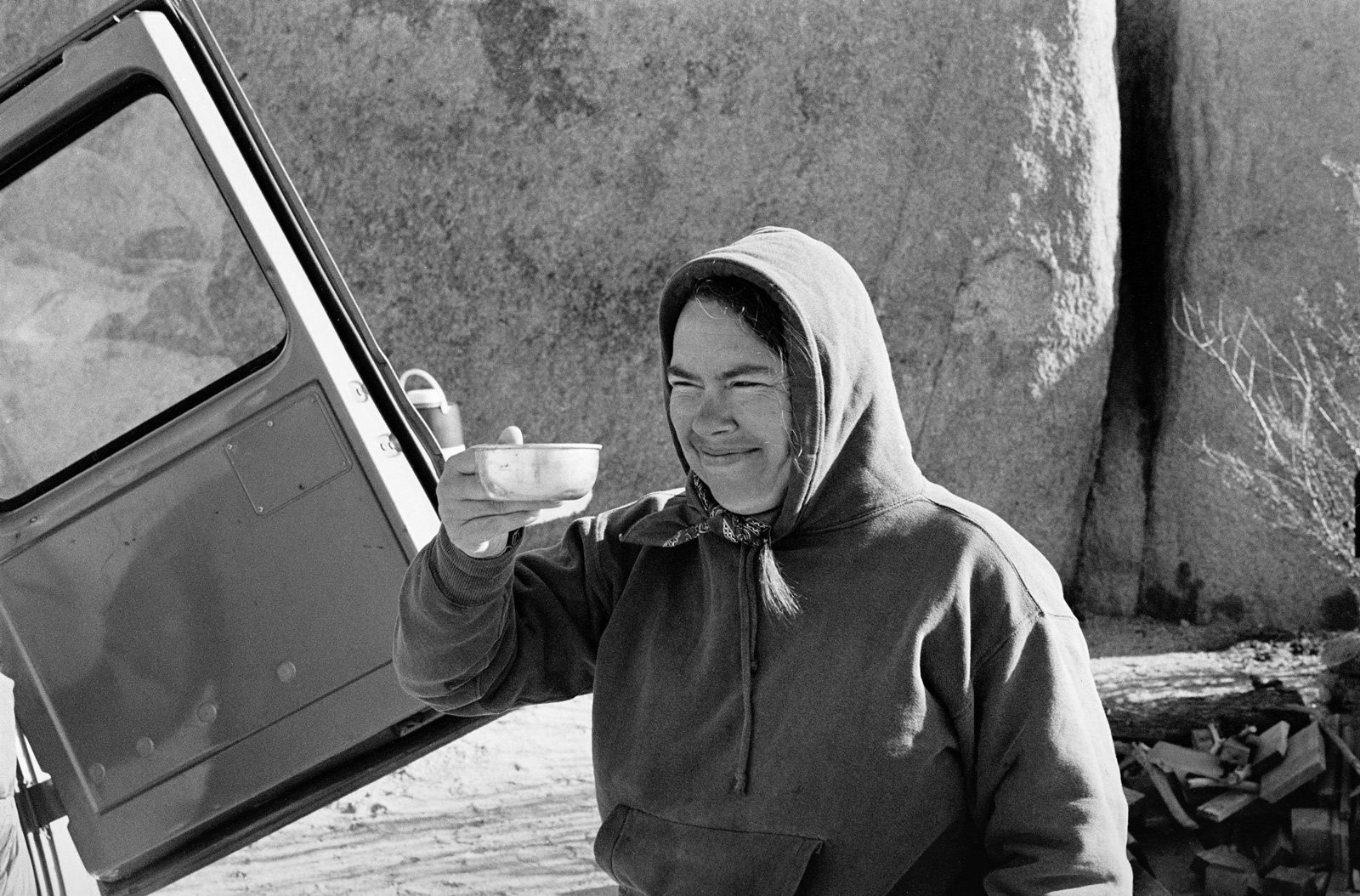
Since Pauline passed, I have witnessed a world-wide effort by artists and institutions to keep Pauline’s spirit alive. The world needs her wisdom right now, and this film will be my contribution to that effort as well a vehicle to help introduce many more people to Pauline and her work.
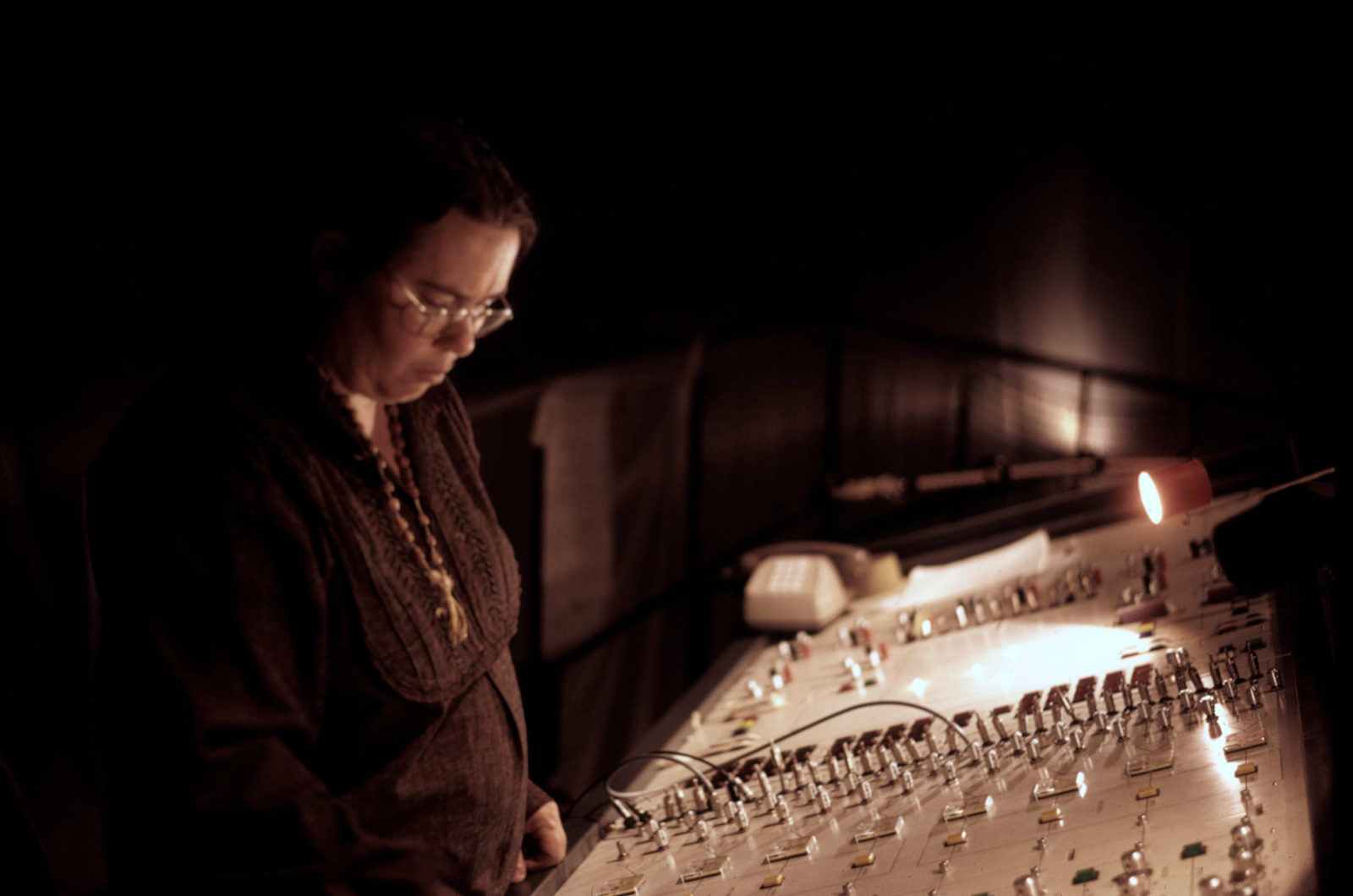
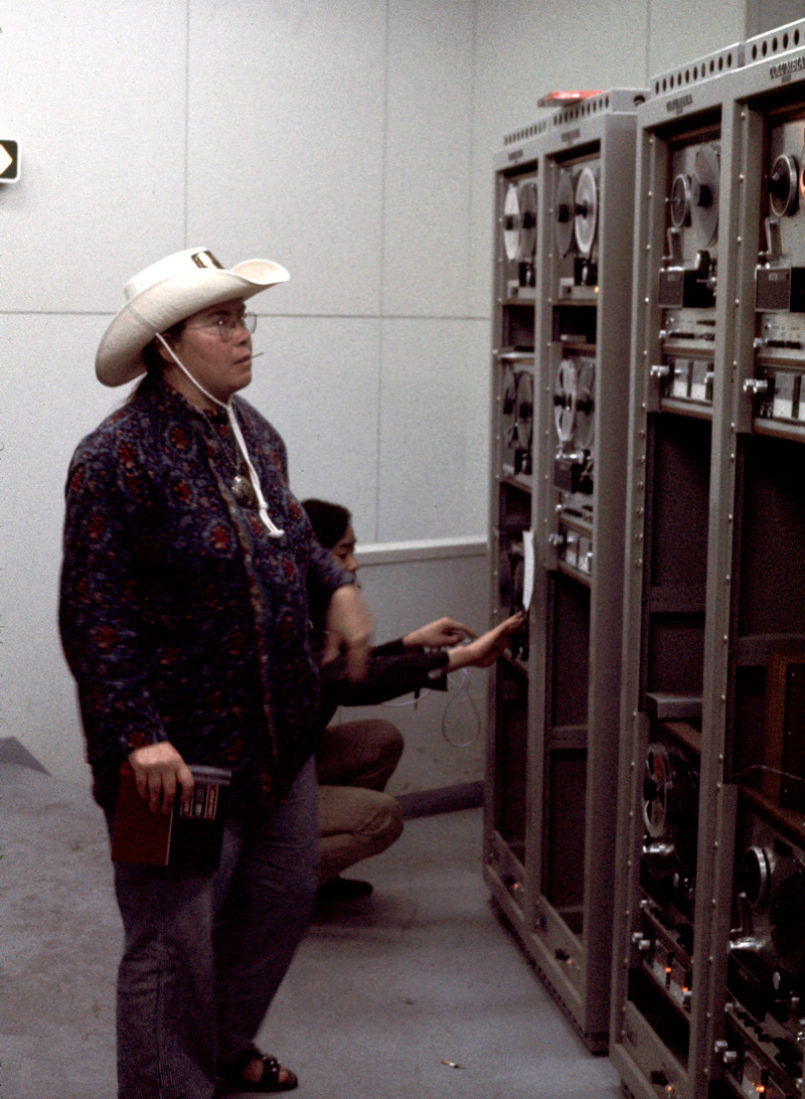
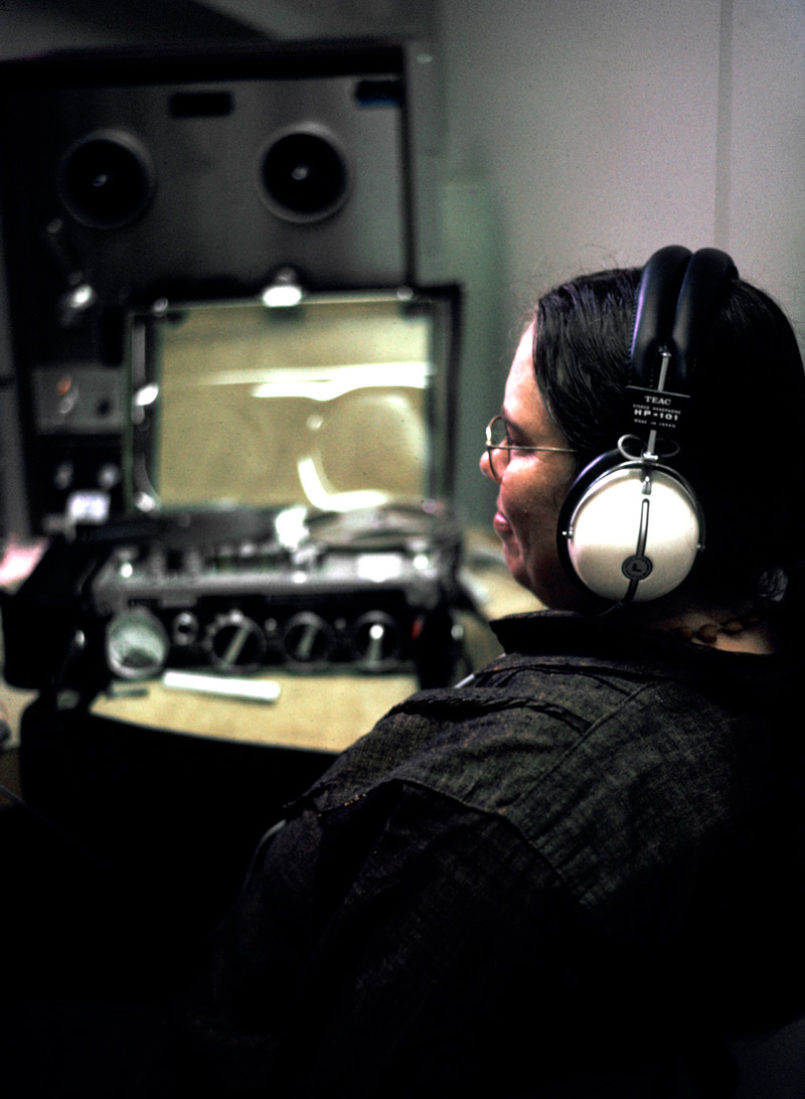
Who are some of the musicians contributing to the film?
Another major contribution Pauline made to the world of experimental music was as a teacher and mentor. I have been fortunate enough to interview many incredible artists who will carry Pauline’s ideas and inspiration into the world for decades to come: Miya Masaoka, Maria Chavez, Shelly Burgon, Cory Archangel, Mark Dresser, Susie Ibarra, Suzanne Thorpe, Claire Chase, George Marsh and Jennifer Wilsey, among others. I have also been fortunate enough to interview many of Pauline’s colleagues from the 50’s, 60’s and 70’s: Morton Subtonick, Ramon Sender, Tony Martin, Bill Maginnis, Burt Turetsky, Loren Rush, Charles Amirkhanian, Anna Halprin, Stuart Dempster and many more.
You’re currently raising money to finish the film. What are your fundraising goals, and what will the funds be used for?
The production of this film exceeded my wildest dreams. I have so much incredible material. Now I face the task of trying to shape that into a 2-hour film. This will require weeks of editing just for the rough cut. I also need to purchase hi-res photos from various archives, transfer 16mm film reels and pay for rights to use many of the archival clips that come from TV news archives or similar. Once the film is edited and all archival materials are up-resed and cleared, I will begin the final stages of post-production (and the most expensive…): color correction and audio mix.
